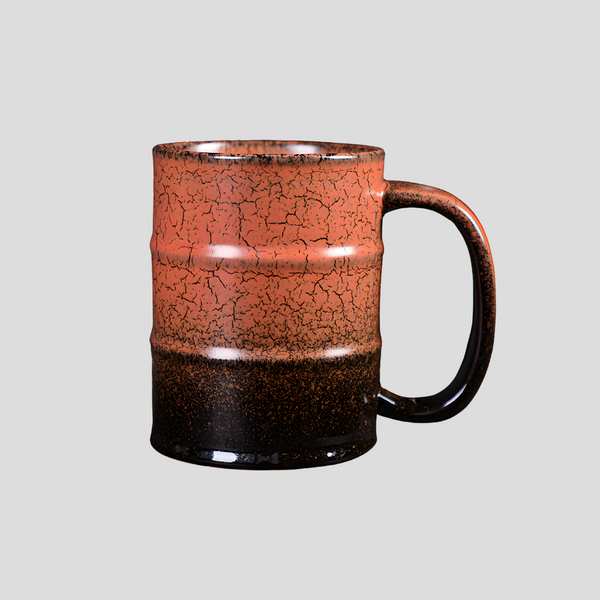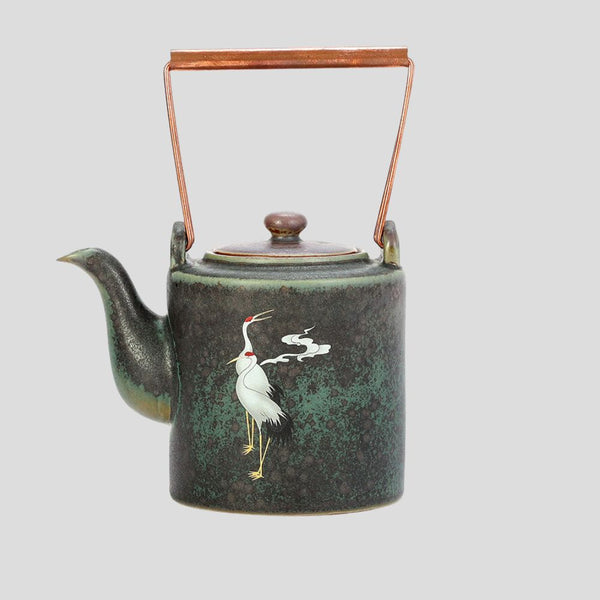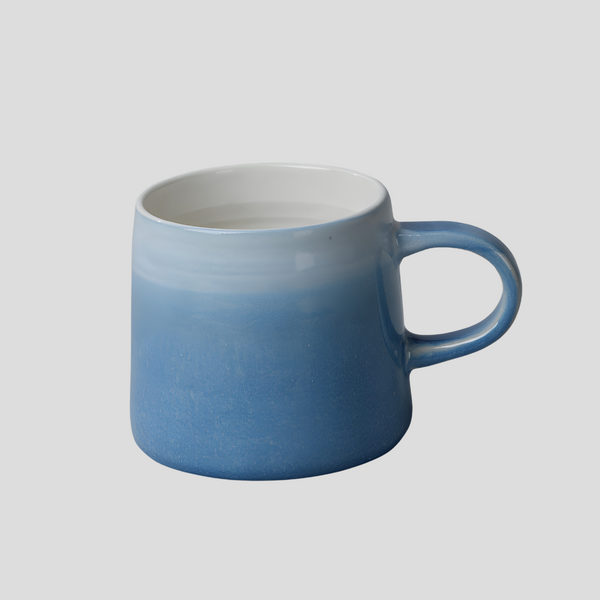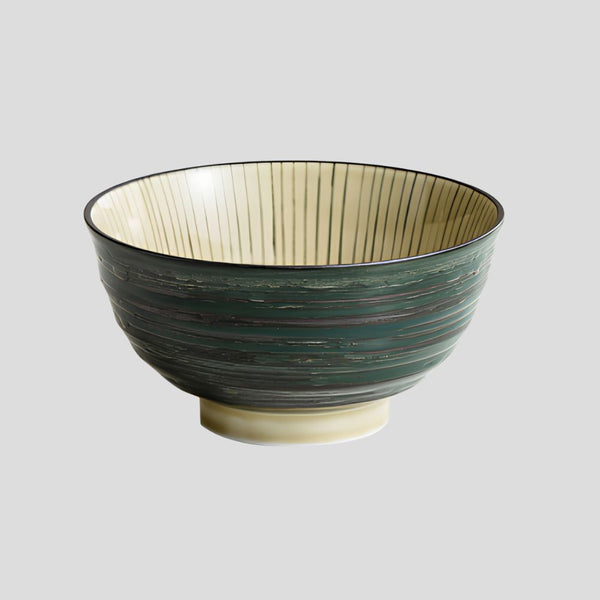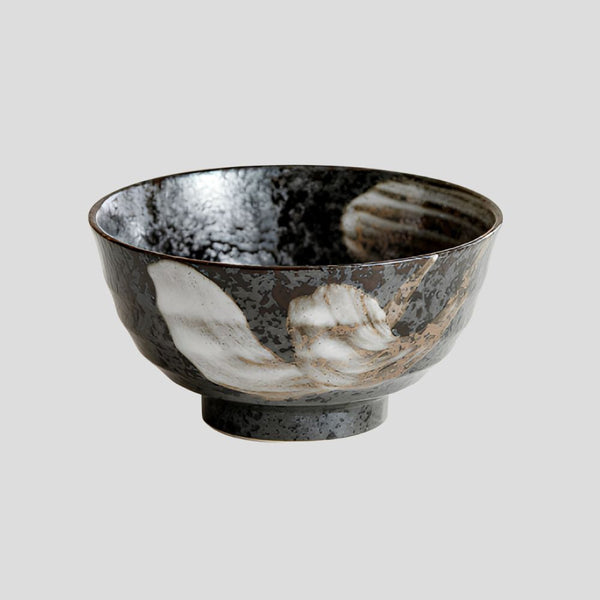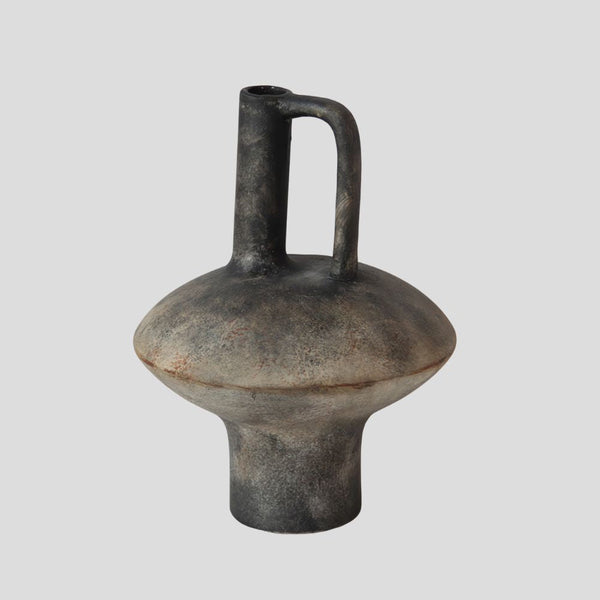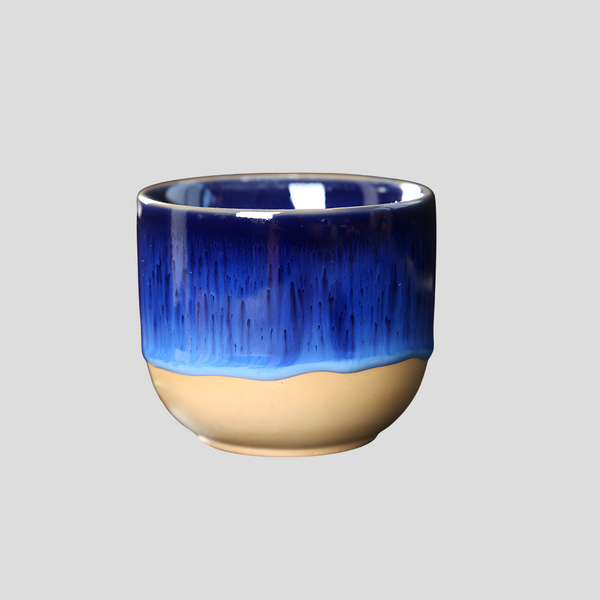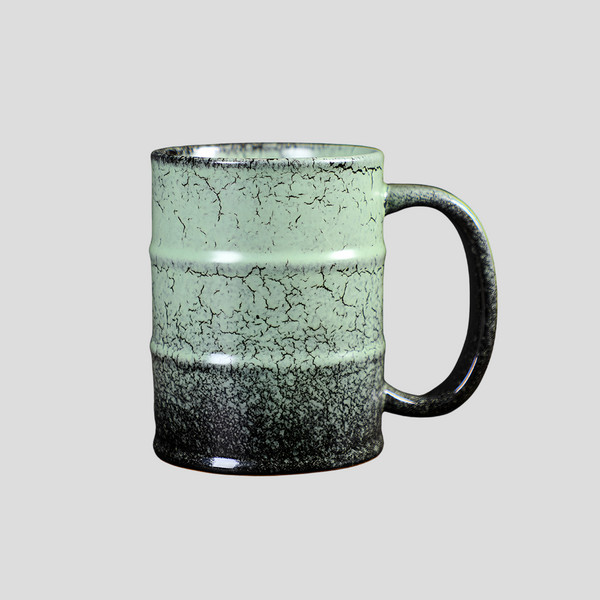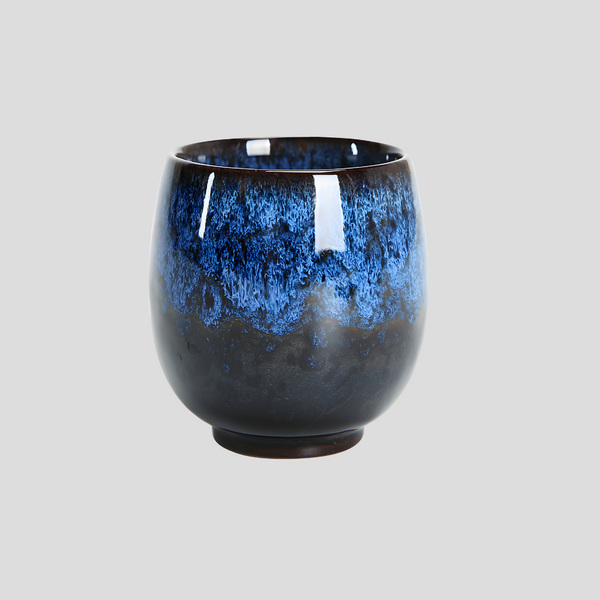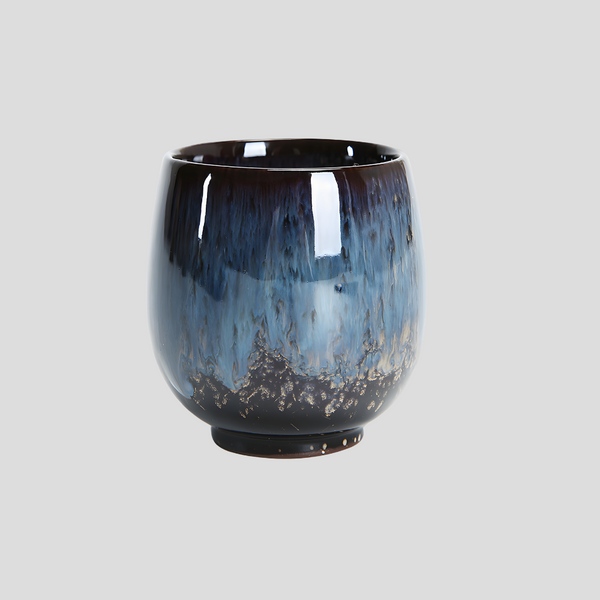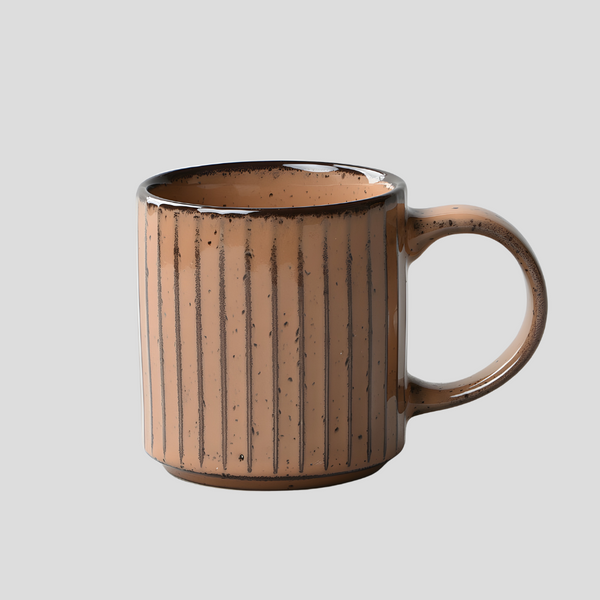
Exploring Ancient Japanese Pottery
Introduction
Ancient Japanese pottery is one of the oldest art forms known to humankind, offering a window into the dawn of Japanese culture and civilization. Its evolution from simple clay figures to sophisticated pottery reflects centuries of innovation, spiritual beliefs, and social development. This article delves into the world of ancient Japanese pottery, exploring its origins, distinctive styles, and enduring influence on both Japanese culture and the world.
The Dawn of Japanese Pottery
The journey of Japanese pottery begins with the Jomon period (circa 14,000–300 BCE), named after the cord-markings ('jomon' in Japanese) found on the ceramics of this era. The Jomon people, believed to be among Japan's earliest settlers, created pottery that was not only functional but also ceremonial. These early ceramics are characterized by their intricate designs, which were made by pressing rope and other objects into the wet clay. The Jomon period is distinguished by its long duration and the evolution of its pottery styles, ranging from simple and utilitarian to elaborate and symbolic.
Yayoi and Kofun Period Pottery
Following the Jomon era, the Yayoi period (300 BCE–300 CE) marked a significant shift in Japanese pottery, influenced by the introduction of rice agriculture from Korea and China. Yayoi pottery is recognized for its simpler and more refined designs compared to its Jomon predecessors. The shapes became more streamlined, reflecting the practical needs of storing and cooking grain. Additionally, the use of pottery wheels during this period contributed to the uniform shapes and smooth surfaces of Yayoi ceramics.
The Kofun period (300–538 CE) is noted for the emergence of Haji ware, a type of pottery that continued the Yayoi tradition but with more standardized forms. Named after the Haji village where these artifacts were first discovered, Haji ware signifies a move towards more utilitarian pottery, often undecorated and used for cooking, storage, and funerary purposes.
The Asuka and Nara Periods: Introduction of Glazed Ceramics
It was during the Asuka (538–710 CE) and Nara (710–794 CE) periods that Japan saw the introduction of glazed ceramics, primarily through the influence of Chinese and Korean immigrants. These artisans brought with them sophisticated pottery techniques, including the use of glazes, which led to the production of Sue ware – the first high-fired, glazed pottery in Japan. Sue ware featured a bluish-gray glaze and was used for both ceremonial and daily purposes. This period marked a significant advancement in Japanese pottery, with the technology of kilns also being introduced, enabling more consistent and higher-quality production.
Cultural Significance and Legacy
Ancient Japanese pottery is not merely a testament to the technical skills of its creators, but also a reflection of the spiritual and social dynamics of its time. Jomon pottery, for instance, is believed to have played a role in rituals and offerings, indicative of a society deeply connected to its natural surroundings and spiritual beliefs. The evolution of pottery in Japan also mirrors the cultural and technological exchanges with neighboring countries, showcasing a history of adaptation and innovation.
Today, ancient Japanese pottery is celebrated worldwide for its beauty, craftsmanship, and historical value. Museums and collections across the globe feature these artifacts, allowing modern viewers to appreciate the artistry and innovation of Japan's ancient potters. Furthermore, contemporary Japanese ceramics continue to be influenced by these ancient traditions, preserving a rich heritage that spans thousands of years.
Conclusion
The exploration of ancient Japanese pottery offers insights into the early days of Japanese culture and its progression through the ages. From the cord-marked vessels of the Jomon period to the refined ceramics of the Nara era, each piece tells a story of cultural evolution, technological advancement, and artistic expression. As we continue to study and appreciate these ancient artifacts, we not only celebrate the history of Japanese pottery but also its enduring legacy in the world of art and ceramics.
Click this link to check out our ceramic artwork!
